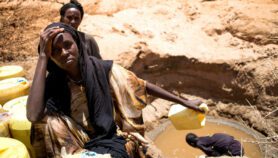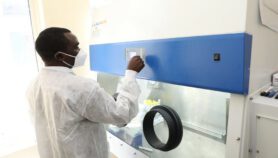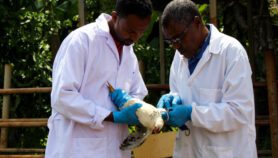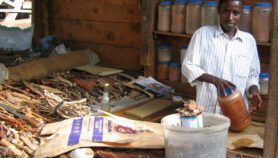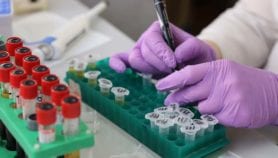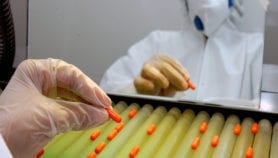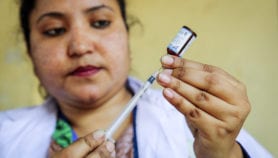By: Mike Shanahan
Send to a friend
The details you provide on this page will not be used to send unsolicited email, and will not be sold to a 3rd party. See privacy policy.
Developing nations could make better use of the potential their natural resources have to yield profitable products such as drugs, says a researcher from the United Nations University.
In her book Regulating Bioprospecting, published today (19 April), Padmashree Gehl Sampath recommends policies for developing countries to implement to encourage fair and sustainable use of their biological wealth or ‘green gold’.
Gehl Sampath says that properly regulating the use of natural resources could help build research capacity and strengthen healthcare in developing countries.
Attracted by the prospect of new drugs, foreign pharmaceutical companies would screen biological resources (such as plants and corals) from a developing nation. When a successful drug comes out of their research, the company would share the profits with the country that the resource was taken from. Agreements would ensure that benefits reach any local communities whose knowledge informed the research.
Thousands of drugs have already been developed from plants, and the diversity of plant life in many developing countries suggests that many more are waiting to be discovered.
In addition, traditional medicine in such countries relies heavily on natural products, which means that local communities already know some plants with the potential to yield drugs.
To ensure that biological resources are not exploited through unfair or unsustainable use, the UN Convention on Biological Diversity allows national governments to regulate access to their natural resources, and recognises the rights of local communities to their traditional knowledge.
However, says Gehl Sampath, most bioprospecting partnerships set up since the convention came into force in 1993 have failed to produce the expected drugs.
In addition, bureaucracy, legal uncertainties and weak regulatory frameworks in developing countries have made pharmaceutical companies hesitant to invest in bioprospecting.
Gehl Sampath says that to recapture the interest of these investors, developing countries should enact laws balancing the needs of drug companies, local communities, and governments, and create relevant institutions to implement the regulations.
She says it is important that these stakeholders do not view bioprospecting agreements as one-off deals to yield high short-term profits. Rather, she says, the agreements should be part of long-term research and development collaborations.
Gehl Sampath says developing countries could improve their healthcare by demanding that pharmaceutical companies help them improve their ability to research and develop their own drugs in exchange for access to their natural resources.
Developing countries have so far been unrealistic about how much they should expect to gain from bioprospecting agreements, she adds.
She warns that developing countries must accept the need to offer incentives to companies to invest "if they are to harness the true potential of these resources".
"Bioprospecting is not a panacea, it is only one solution to the health care problems faced by developing countries," she concludes.
"Gehl Sampath offers a much more realistic and rational basis for fair, wealth-generating bioprospecting deals than we have seen so far," says Graham Dutfield, senior research fellow at the Queen Mary Intellectual Property Research Institute, United Kingdom.
Gehl Sampath is based at the United Nations University’s Institute for New Technologies, Maastricht, the Netherlands.
Link to Gehl Sampath’s summary of key policy recommendations in her book Regulating Bioprospecting. (PDF)


